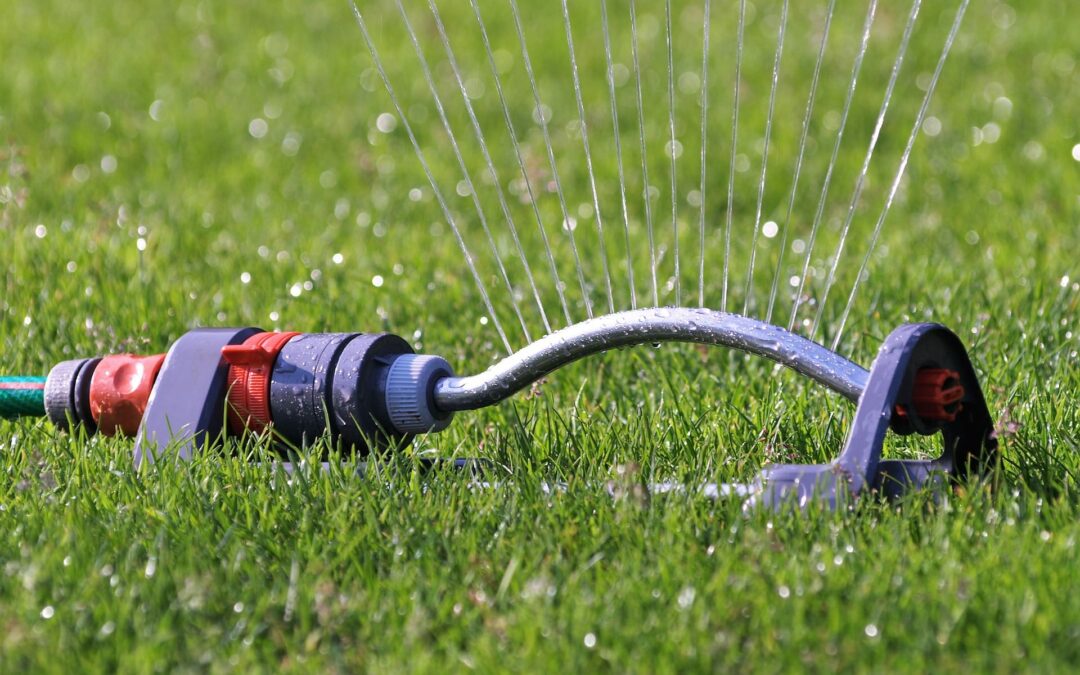
by Izolda | Jun 13, 2016 | Grow Your Own, Herbs & Vegetables, Tips
Growing your own veggies and herbs is still a major trend that continues to grow, only they are not only grown in a vegetable garden, but added to flower beds amongst flowering plants like the old cottage gardens of the past. It’s all about saving space, knowing where your food comes from and having fun!
Here are some tips on getting started:
1. Choose the right place
Veggies like at least six hours of sun. A north-facing space is best.
2. Prepare the soil
Vegetables like fertile, well-drained soil. The more effort you put into the preparation, the more success you will have. Remember these steps:
- Clear the area of all weeds and plants.
- Turn the soil over to a depth of 2 spades.
- Remove any stones or rocks.
- Rake the area.
- Leave for 2 weeks.
- Weed again – add these weeds to the compost.
- Place a 5 cm thick layer of compost over the area.
- Dig into the soil.
- Rake smooth.
3. Feeding the soil
Vegetables need feeding to get the best results. Making your own compost is the best way to do this or use old and dried (never wet) manure.
4. Sowing the first crop
Use these easy tips to sow seed:
- Use string and sticks to mark out straight lines.
- Mix the seeds with flour, mealie meal or river sand. This spreads the seed better and allows you to see how you are spreading the seed.
- Make a small trench along the string line. The depth of the trench depends on what seeds are sown. See the back of the seed packet for instructions.
- Spread the seed mix along the trench.
- Cover the seed and gentle pat down.
- Place a label in the row so you know what veggies are planted.
- Water the seeds gently, making sure they do not wash away. Keep the soil moist but not wet during germination. After that, water regularly and feed every two weeks up until harvest.
- Once the seeds have grown to about 2-3 cm high, thin out the row by pulling out seedlings so that the spacing between each plant is correct according to each variety. Pull out the weaker seedlings and keep the strong, healthy ones.
Some seed can be sown individually: Make a hole with your thumb or make a stick for this and measure 5, 10 and 15 mm markings on the stick to make it easier to get the right depth for each seed you are planting.
5. Always follow the instructions on the back of the seed packet
It is your best guide for sowing depth and spacing, when to transplant and basic care.
6. Spread out sowing times
Plant a few seeds of each variety every 2-4 weeks to ensure an on-going harvest throughout the season. Sow leafy vegetables at two-weekly intervals, legumes about three weeks apart, root vegetables about four weeks apart and fruiting vegetables 6-12 weeks apart.
7. Water and feed regularly
Water your vegetables more frequently in hot, dry weather. Fertilise vegetables according to variety. Root and bulb vegetables need phosphates, leafy vegetables need nitrogen and potassium, and fruiting vegetables need nitrogen when planting and potassium before flowering.
8. Mulching
Use mulches such as compost, straw, grass clippings, leaves, etc around all your plants to keep moisture in the soil. Use a layer of mulch 50-75mm thick for the best results.
9. Most importantly
Have fun and enjoy the freshness of homegrown veggies in your cooking.

by Izolda | Jun 1, 2016 | DIY, Gardening
Get composting with this simple do-it-yourself project.
Gather Together:
- 4 treated wattle panels (you can also use chicken wire fencing or sheets of corrugated iron or plastic)
- 4 plastic coated metals fence droppers (wooden ones will do)
- Cable ties
- Newspaper
- Straw
- Grass clippings
- Leaves
- Compost activator (there are various ones to choose from)
- Shredder for small branches
The Process:
- Choose a level area that is easily accessible and where the composter can remain for a while. You don’t want to have to move it.
- Knock a fence dropper into the ground to a depth of around 300mm.
- Attach one of the panels to the pole using cable ties.
- Continue knocking in the fence droppers and tying the panels to the poles to form a square, leaving the last one untied for access.
- Cut off the excess fence dropper sticking out at the top of the panels.
- Start your compost with a layer of shredded newspaper, then a layer of straw, grass clippings and leaves.
- Add compost activator to the mix.
- You can now add kitchen waste and garden prunings.
- To make life easier, put small branches through a shredder.
- Turn the compost every 4-6 weeks. Your compost should be ready to use after eight weeks, depending on conditions.

by Izolda | May 30, 2016 | Gardening, Water Wise
Time to become a water-saving warrior with a flourishing garden full of happy plants.
Hydro zone
- Group plants together according to their water requirements into 1-drop, 2-drop, 3-drop and no-drop zones – the latter including hard surfaces such as permeable paving and gravel, and plants that can survive only on rainwater once established.
- Plant a variety of endemic and hardy indigenous plants suitable to your climate as a lasting backbone taking up most of the available space. Plant those that need more water in smaller beds or in containers.
- In large gardens, plant huge swathes of drought-hardy groundcovers and spreading succulents like crassulas, cotelydons, vygies, gazanias, arctotis and osteospermums. Include some groupings of grasses and restios like Elegia tectorum.
- If you are partial to bright colour, plant annuals in pots and in the foreground of shrub beds. You can simply water them with a bucket instead of opening the sprinkler.
- Create more interest with hard landscaping elements like pathways, water elements, focal points and lots of pots to take up ground space.
How to spot a water wise plant
Plants which are not water guzzlers normally have certain characteristics in common. Look out for the following: small needle-like foliage, grey foliage colour, hairy leaves, fleshy leaves, a waxy leaf surface, leaves that close up in dry spells, and leaves with a lighter shade underneath as in droughts they will flip it upwards reflecting the heat of the sun away.
Hot tip: Even plant camels will need regular watering at a young stage to become established before withstanding periods of drought well. If you have planted a young tree or shrub, create a basin around the stem and see that this basin is filled up when watering with a hosepipe or bucket.
Some more tips
- Re-think your lawn area
Reduce lawn surfaces; reduce the watering sessions for your lawn; and mow regularly. - Care for the soil
Add copious amounts of organic material, which will change the soil structure into a cultivatable loam full of good soil organisms, and with better drainage and water holding capacity. - Mulch
Mulches like bark nuggets, pine needles, peach pips and other organic material placed over the soil keeps plant roots cool and moist between watering.
This is how you should water
- Irrigate in the early morning or late afternoon.
- Never water in windy conditions.
- Water less often, but deeper and for longer periods.
- Use soaker hoses to water at ground level rather than overhead sprinklers.
- Install a proper irrigation system controlled electronically, or fit a timing device to all taps to switch your hosepipe off in case you forget to do it.




